Its crispy texture on the outside and pillowy centre make masa an incredible snack and a favourite for millions of West Africans. These yeasted grain pancakes are gluten-free, pair perfectly with many dishes, and are easy to make. This recipe will dive into what masa is and walk you through a step by step process.
What is Masa?
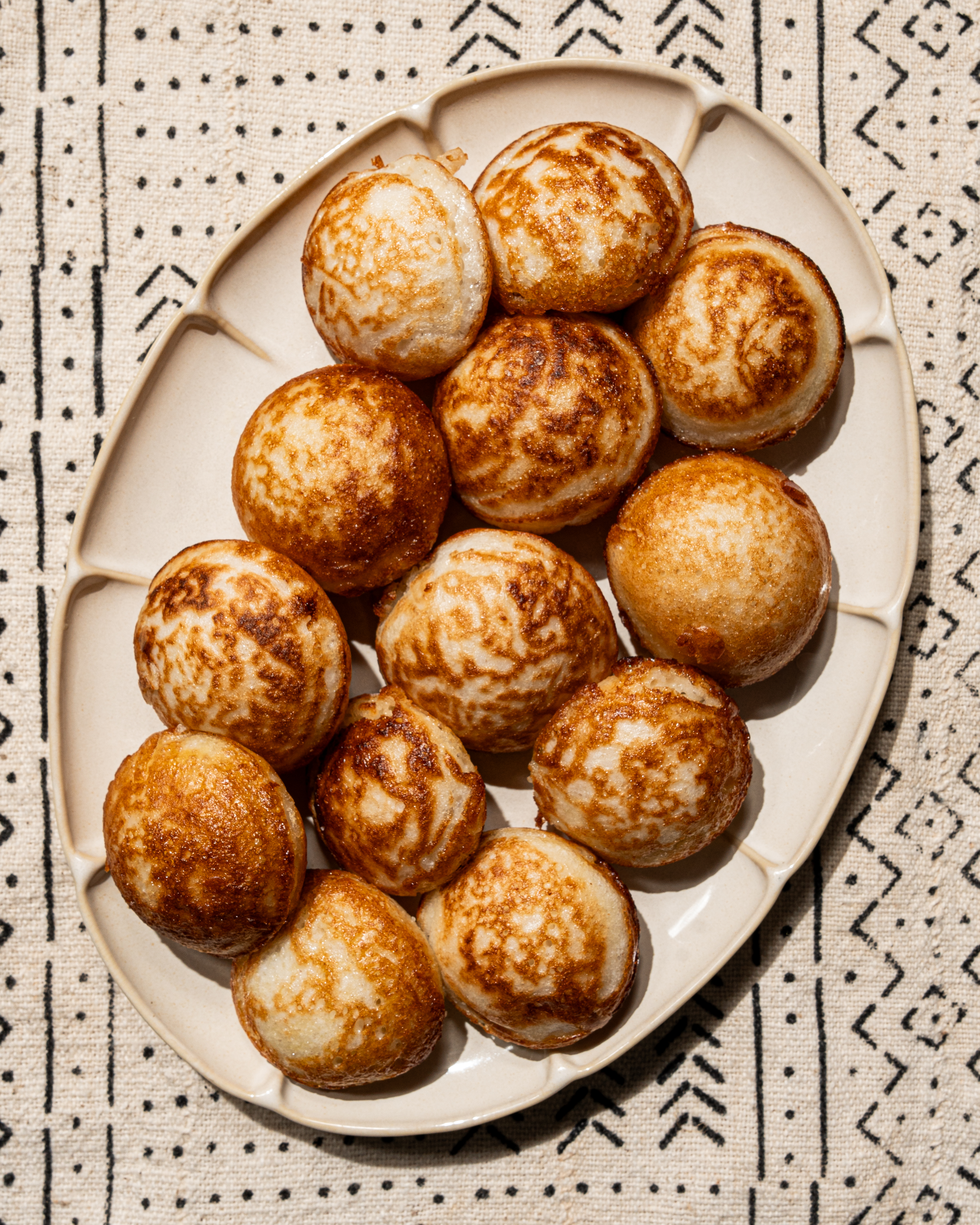
As described above, masa is a mini yeasted grain cake fried into little puffed balls. It is made by combining cooked and raw grains (most popular options are rice, millet and sometimes corn), sugar, and salt to make a light batter fried into mini cakes. Traditionally, all that was needed was just the grains and relying on natural fermentation, now, most use baker’s yeast to make it in less than two hours. Depending on where you are in West Africa, it is either served with a vegetable stew, kebab powder/suya, porridge, sugar, or a cold beverage.
Variations of Masa across West Africa
Like many dishes shared across West Africa, masa come in various shapes and form. In Nigeria, masa (also known as waina) is typically made with tuwo rice (polished west african rice), leavened with baker’s yeast, and paired with suya (peanut based kebab) or miyan taushe (peanut pumpkin, vegetable stew). Hausa masa made with millet is known as masa/waina gero.
In Ghana, masa is also made with rice, but also made with corn or millet. The grains are naturally fermented to give them a sour, almost sourdough-like flavour. When fried in shea butter, it is the most amazing snack. This exact recipe will be available in my debut cookbook (so look out for it).
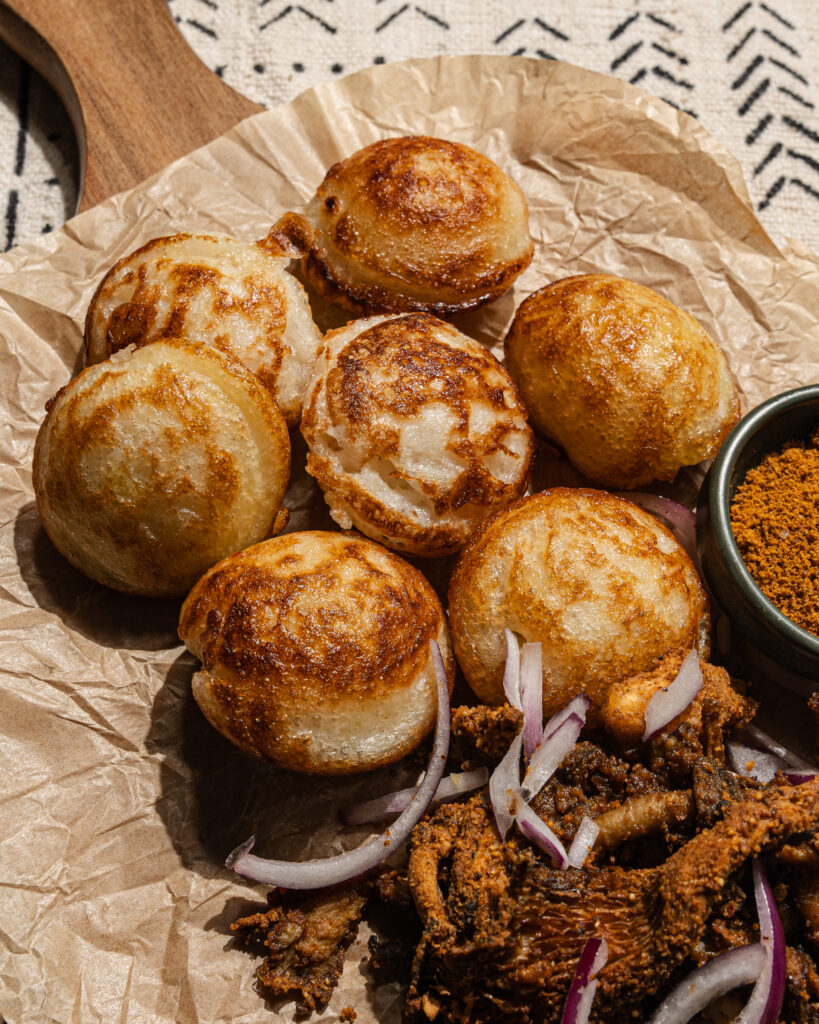
In francaphone countries, it is known as galette or gnomi made by mixing millet and rice (or even wheat flour) together. Baker’s yeast is used in addition to ingredients like milk or even yoghurt. It is popularly made for ramadan. But across West Africa, the shape is always the same.
This recipe will focus on Nigerias/Hausa style masa to keep things simple. This also allows me to offer another recipe, called sinasir for those who will not have access to the masa pan.
A small note on East African vitumbua
East Africa has vitumbua looks very similar but is made with coconut milk and spices. Yet another recipe on my list to make.
What you will need
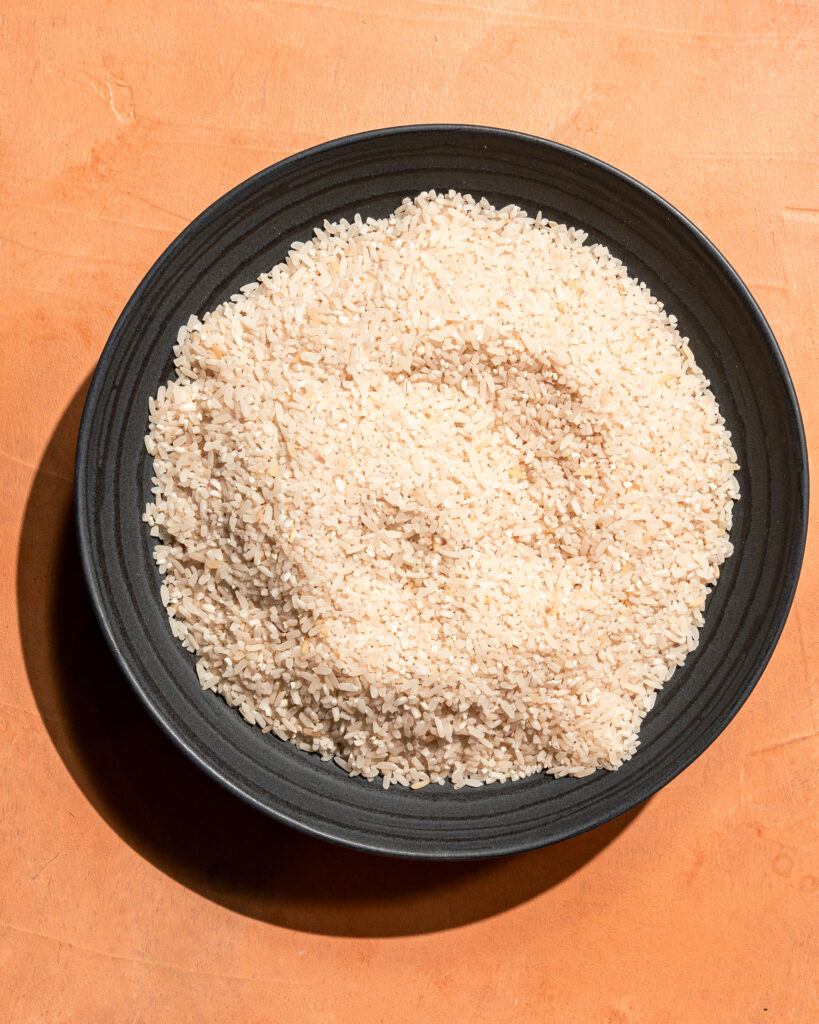
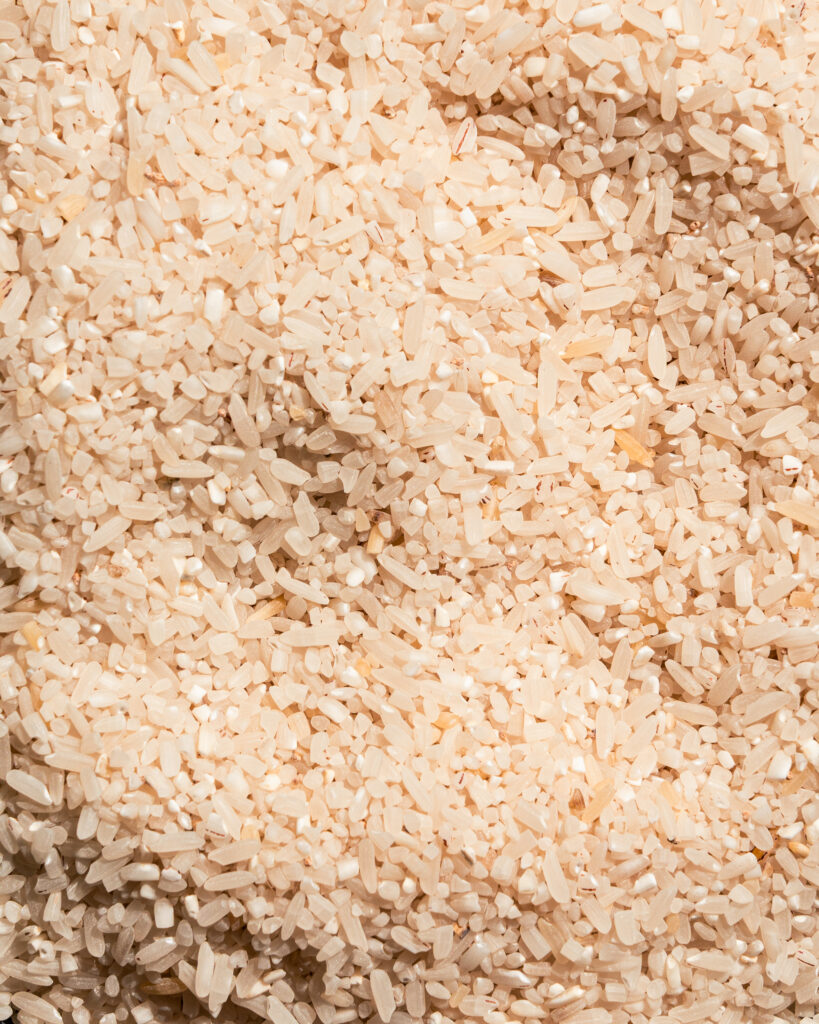
- Rice. Traditionally, tuwo rice is used, which is the polished version of Indigenous African rice. You do not need to use tuwo rice. Rather, use a basic long-grain white rice. Please avoid jasmine because of the higher starch content or basmati, as it has a strong flavour. You can use millet, sorghum or corn for this recipe. Brown rice also works well.
- Yeast. Dry instant yeast is my preferred option because there is no need to bloom
- Sugar
- Salt
- Oil. I prefer shea butter, but roasted peanut oil or regular vegetable oil work just as well.
Masa Pan
Masa gets its shape based on how it is fried. Specific cast iron or metal pans are made to fry masa. Alternative pans include the Danish Aebleskiver pancake pan, which can easily be purchased on Amazon. The amazing thing about this recipe is that there is an alternative recipe called sinasir, which uses the same masa batter but is fried like a pancake. Instructions will be provided below.
How to make Masa
- The night before, boil 1/3 cup of rice in 1/2 cup of water. Soak 2 cups of rice in enough water to fully submerge.
- The next day, drain the soaked rice and with the cooked rice along with water, sugar and salt. Let the masa batter rice for up to an hour until it is nice and bubbly
- Heat your masa pan with oil.
- Fill the masa pan holes about 3/4 of the way and fry the masa till the edges are crispy. Flip with a spoon or chopstick.
- Serve with kebab powder or miyan taushe
What to eat with masa with
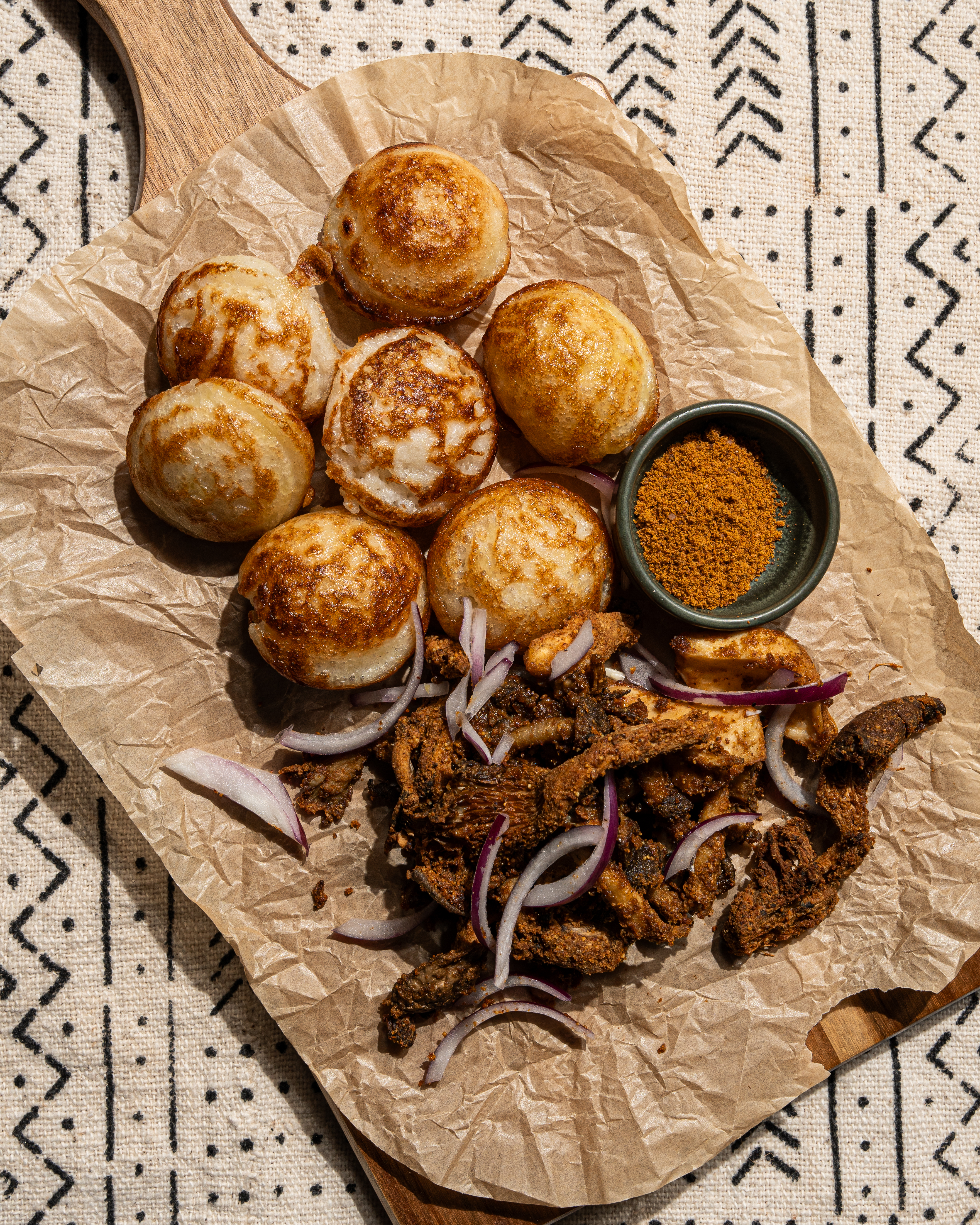
- Miyar Taushe
- Suya
- Porridge
- Juice
Masa
Ingredients
- 2 1/3 cup of dry tuwo rice*
- 1 tablespoon of instant yeast
- 1/4 cup of sugar
- 1 teaspoon of salt
Instructions
Masa Batter
- Wash 1/3 cup of the tuwo rice well and boil with 1/2 cup of water for 20 minutes until the grains are tender. Let it cool down and refrigerate.
- Wash 2 cups of rice and soak it in enough water to submerge it. Soak overnight.
- The next day, drain and blend the soaked rice with the cooked rice, yeast, sugar and salt along with 2 cups of water.
- Allow the batter to rise for an hour.
Frying the Masa
- Once the batter has risen, heat the masa pan at medium heat with a little bit of oil (1/2 – 1 teaspoon) and pour enough batter to fill about 3/4 of each hole
- Once the edges have crisped up, flip with a kebab skewer or spoon and cook on the other side for 3 minutes. Flip again and cook on the other side for 30 seconds.
- Repeat the process until all the batter has been fried.
Sinasir
- For sinasir, preheat your pan at medium heat with a bit of oil.
- Pour enough batter to make a pancake, reduce the heat to medium low and cover the pan for 4-5 minutes, to fully cook the pancake. The top will not look raw and there will be bubbles.
- Do not flip the pancake, take it off the heat and place on a plate. Sinasir is best served with miyan taushe.
Notes
- tuwo rice is semi-polished West African rice. Feel free to use a simple long-grain rice. I do not recommend starchy or fragrant rice like basmati or jasmine rice. Brown rice can work but it might not blend as well.

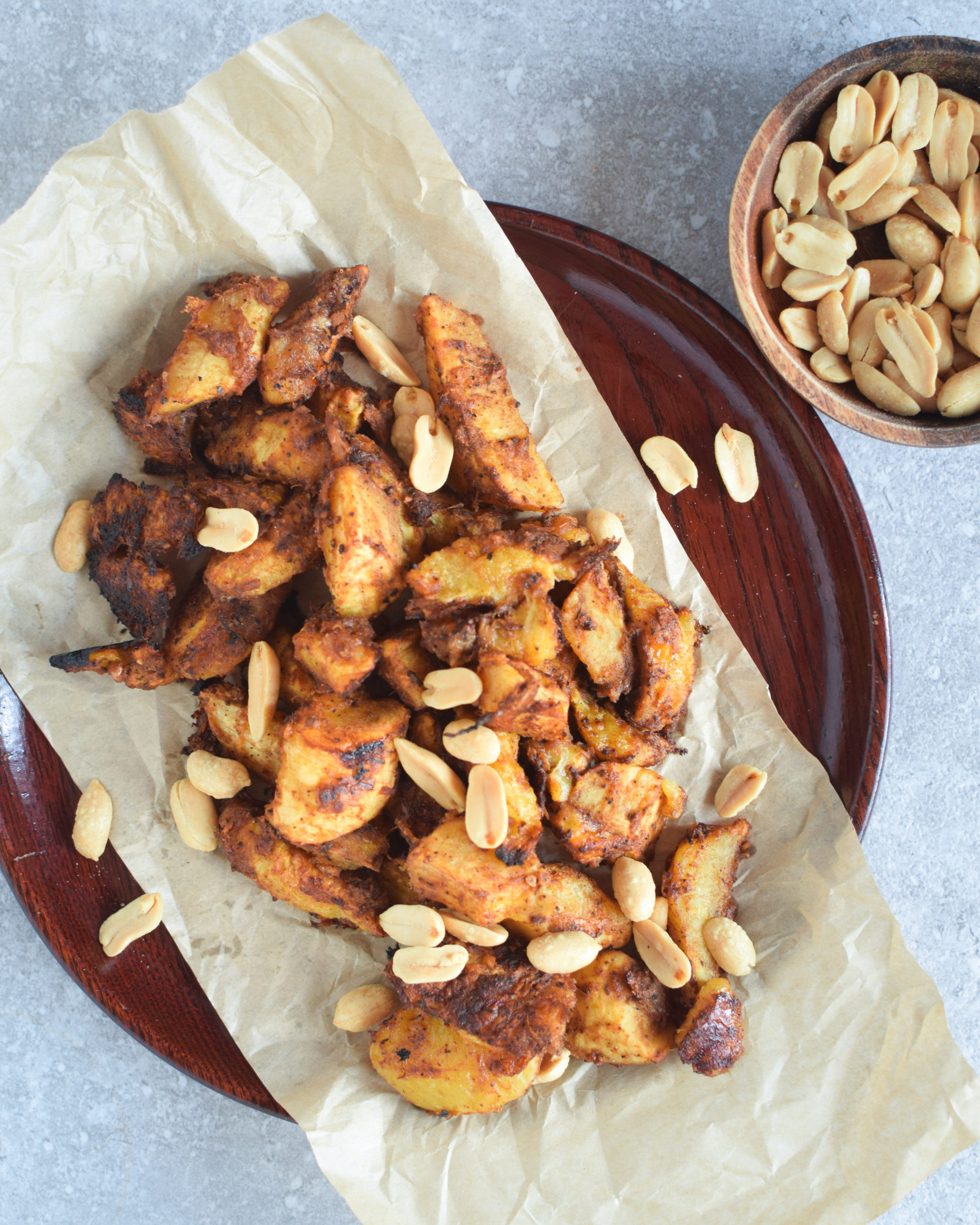
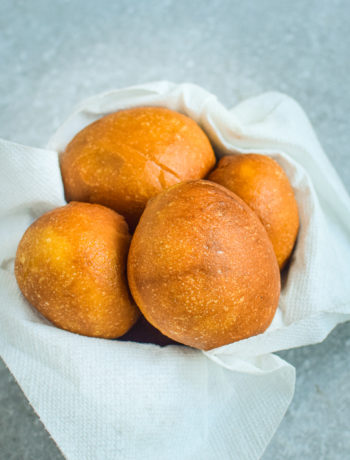
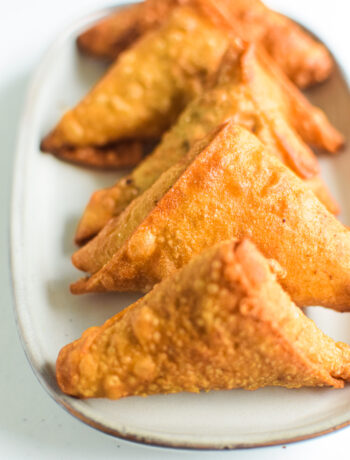
No Comments